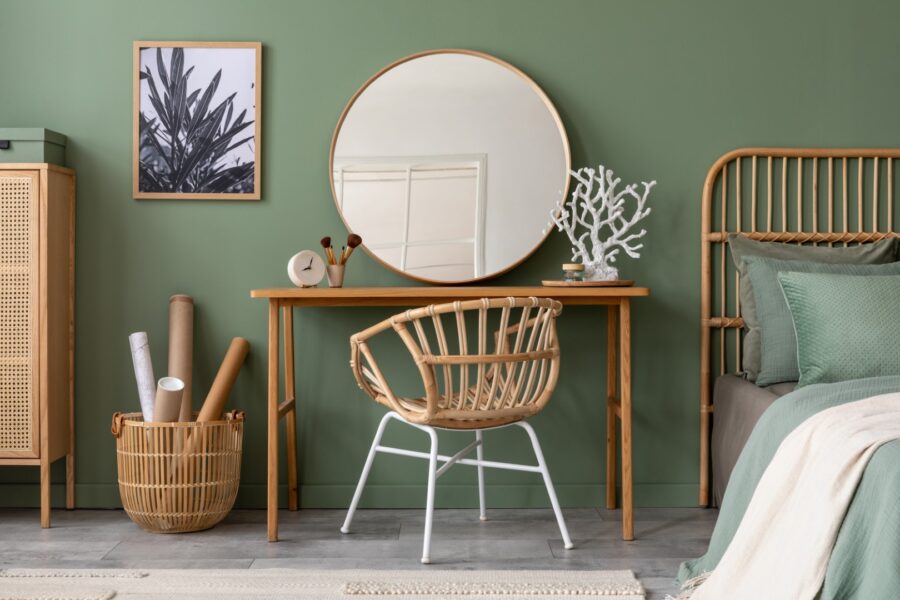Homes all over America are susceptible to unwelcome visitors in the form of pests. They can take many forms, from scurrying rodents to elusive bugs and often compromise the safety and cleanliness of our living spaces. Let’s explore some of the most common pests that frequently invade American homes and provide practical strategies to keep them at bay to ensure that your home can remain a pest-free and comfortable environment for you and your family.
Rodents
Rodents, such as mice and rats, are notorious for infiltrating homes. They typically do so in search of food, water and shelter. The most effective way to keep these pests away is by eliminating their source of nourishment. Storing food in airtight containers and promptly addressing leaks and spills will go a long way towards reducing your home’s attractiveness to a rodent. Also be sure you seal any gaps or cracks in your home’s exterior with hardy, weather-resistant materials, and ensure that doors and windows are closed or properly sealed to avoid giving them an easy access point.
Cockroaches
Cockroaches thrive in warm, humid environments and are adept at finding their way into homes. Much like rodents, they too come into your home in search of nourishment. Keeping your kitchen clean by wiping down surfaces, promptly disposing of food scraps and garbage, and storing food in tightly sealed containers is the key to getting rid of cockroaches or preventing them from entering your home. Making sure that cracks or crevices in your home’s walls and foundation are well sealed is also important.
Termites
Termites are silent but violent (destroyers of property, that is)! They can cause extensive damage to wooden structures and compromise the integrity of your home or furniture. To protect your home from termite infestations, eliminate wood-to-soil contact by keeping firewood and lumber away from the house. Termites are especially attracted to damp environments so ensure proper drainage around your home to prevent the buildup of moisture. Be sure to schedule regular termite inspections, especially if you live in regions prone to termite infestations.
Bed Bugs
Bed bugs are nocturnal pests that feed on blood and often leave itchy bites on their human hosts. They are excellent at hiding and can infest cracks, mattress seams, box springs and other furniture. To prevent bed bug infestations, regularly inspect your bedding and mattress for signs of these pests. Be on the lookout for small reddish-brown stains, shed exoskeletons and the bugs themself. These pests can also come home with you from somewhere else, so remember to inspect hotel rooms thoroughly when traveling. Lastly, avoid bringing used furniture into your home without a thorough examination and consider using mattress and box spring protectors to create a barrier against bed bugs.
Ants
Ants are incredibly persistent foragers that can quickly and easily become a nuisance in your home. Much like some other pests, ants are attracted largely to food residue. The key to keeping ants out of your home is maintaining a clean kitchen. Ensure that you wipe up spills promptly, store food in airtight containers, and regularly clean your countertops and floors. Try using natural ant repellents like cinnamon, peppermint oil, or vinegar in areas where ants are likely to enter and seal up gaps in windows or walls where possible.
Discover more from Futurist Architecture
Subscribe to get the latest posts sent to your email.


![modern apartment [article_title]](https://www.futuristarchitecture.com/wp-content/uploads/2025/03/9-Cool-Secrets-to-Block-UV-Rays-With-Solar-Shades-900x600.jpg)
